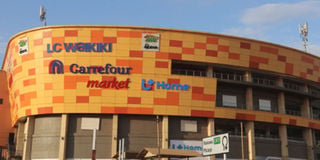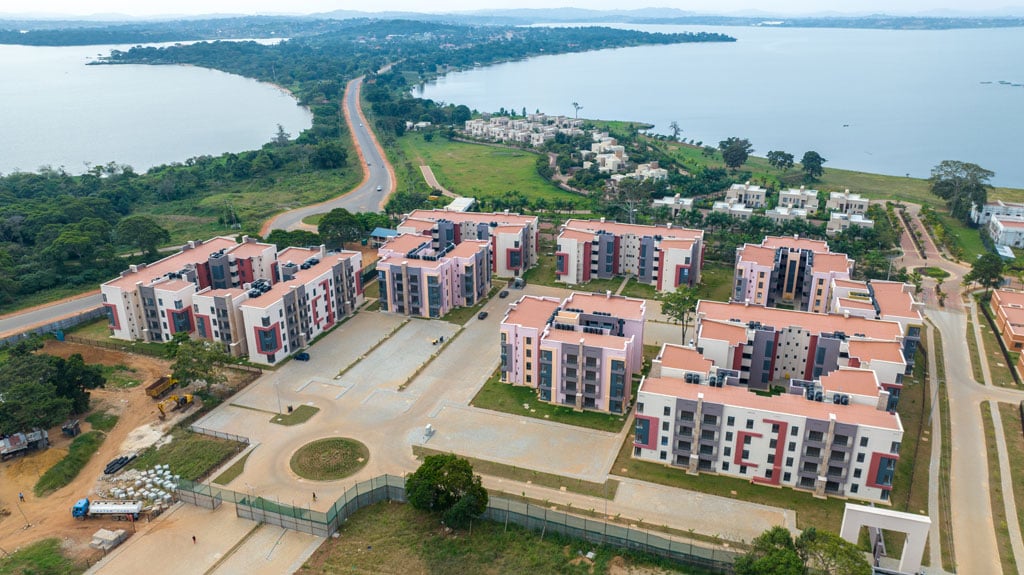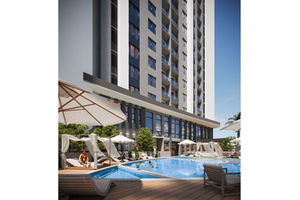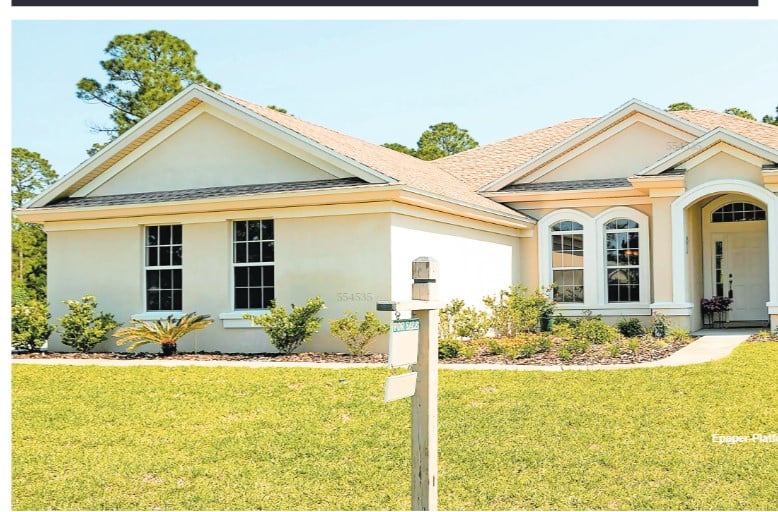
Annually, foot traffic increased by 2 percent, turnovers from general retail increased by 35 percent, and average occupancies increased by 8.85 percent across Knight Frank-managed malls, such as Arena Mall in Nsambya. PHOTO/TONY MUSHOBOROZI
Economic conditions affect the property market just like they affect all the other sectors. Uganda’s economic recovery slowed down in the first quarter of 2024 due to heightened government borrowing, depreciation of the exchange rate, and a global economic deceleration, according to Bank of Uganda’s April Monetary Policy Statement. Consequently, Kampala’s property market experienced slow momentum, according Knight Frank’s Kampala Property Market Performance Review.
Below is a brief overview of how the Kampala property market faired in all the four sectors; residential, retail, office and industrial.
Residential sector
The residential sector’s performance was sluggish in Q1-2024 marked by a low volume of sales and lettings compared to Q1 2023, according to the report. The market was characterised by oversupply of housing stock outstripping demand creating a buyers’ market.
The few available buyers were hesitant to commit, thus prolonging the marketing period for the properties.
“The slow market performance can be attributed to a liquidity squeeze given the tight market conditions, high-interest rates, and high inflation thus affecting disposable incomes,” the report reads in part.
Prime areas of Nakasero, Kololo, Naguru, Mbuya and Bugolobi remain the most preferred for expatriates, while increased pipeline activity has been observed in the areas of Ntinda, Muyenga, Mutungo, Kyambogo and Lubowa as developers continue to expand the catchment area for prime residential accommodation outside of the traditional areas in and around the CBD.
The semi-prime and secondary suburbs’ housing stock has also undergone a discernible improvement in the quality of units offered which has resulted in higher rental and sale prices with, and an emerging dollar-denominated market for some of the properties in the secondary areas of Kyanja, and Najjera to name but a few.
The commuter towns on the outskirts of Kampala city (30-km radius around the CBD) continue to gain traction, driven by the growing opportunities for both investors and home buyers. These include towns such as Gayaza, Nsangi, Nabbingo, Matugga, Bulenga, Busiika, Kasangati and Mukono among others.
In the first quarter of 2024, the market witnessed the entry of a new developer, Vaal, offering off-plan sales. These developers are pioneering high-density developments in prime areas, thereby testing the market with this emerging trend.

Retail sector
The retail sector registered a performance improvement in the first Quarter of 2024 as measured by turnover, occupancy, and footfall performance. Annually, foot traffic increased by two percent, turnovers from general retail increased by 35 percent, and average occupancies increased by 8.85 percent across Knight Frank-managed malls.
The improvement in the retail sector’s performance was supported by return-to-school shopping and Valentine’s Day promotions. Q1 2024 saw the introduction of new retailers at different malls such as Black Drip and Tecno Bellazuri at Arena Mall among others, increasing the basket of commodities from which the shoppers can select.
The Kampala Flyover Project is taking shape with the roads around Arena Mall opened hence easing access to and from the mall.
The Q2 2024 retail outlook remains optimistic supported by the anticipated expansion of retailers in the various malls, and the overall improvement of the economy.
However, the increasing inflation level coupled with the shilling depreciation pressures could negatively affect the outlook, according to the Knight Frank report.
Office sector
Commercial office space has witnessed slow uptake characterised by a low volume of sales and lettings in line with the general state of the economy. Demand for smaller office units (40 to 150 sqm) has persisted similar to the trend witnessed in 2023.
Interest in large office floor-plates for rent has slowed down, and where present, tenants are taking longer to close the deals. This is attributed to prolonged decision-making processes which require input from multiple stakeholders, and budgetary considerations. This delay has led to longer marketing periods for large spaces (between six to 12 months).
There is also a noticeably limited supply of Grade-A office space for organisations looking for large office spaces (1000 sqm and above) with most now taking the wait-and-see approach in anticipation of improved economic performance. There has been a tangible increase in the supply of commercial properties for sale. Some of the reasons that have led to this include the following: -
Strategic realignment and corporate restructuring– Streamlining their asset base and selling off surplus or underutilised properties.
Slowdown in Economic Performance - The current economic slowdown has impacted cash flows forcing businesses with declining business activity to downsize or even cease operations altogether.
Liquidity shortage -Generating cash to pay off debts and invest in other assets. Pipeline projects continue to face delays in terms of completion with most projects which were due to come onto the market in 2023/2024 expected in Q3/ Q4 2024 and most in 2025/2026.
According to the report, prime office space rents have held stable, for Grade A and Grade AB, respectively with average occupancy levels above 85 percent.

Industrial sector
There has been a low uptake of warehouse space in Q1 with demand driven by firms in manufacturing, furniture, car dealerships, and textile sectors among others. Warehouse asking rental levels remained stable, ranging between $3 to $ 7 psm (Shs11,000 and Shs26,000) per month depending on location and property-specific attributes
Good infrastructure, proximity to markets, availability of resources and supportive business environments continue to influence the industrial sector in terms of preferred location by different companies.
Kampala Industrial Area (First to Sixth street), Namanve, Old Kampala, Nakawa and Kawempe remain the preferred locations for warehouse space. Pipeline developments have continued, with more than 40,000 sqm of warehouse space expected on the market in 2024 for rent and sale.
Annual Economic Parameters
Parametre December 2023 March 2024
Anual Headline Inflation 2.6% 3.3%
Core Inflation 2.3% 3.4%
Exchange Rate (UGX/US$) 2.4% 4.0%
-annual Depreciation
Central Bank Rate 9.5% 10.0%
Business Tendency Indicator 59.8 55.5
Stanbic Bank headline PMI* 54.8 49.3
Interest
Interest in large office floor-plates for rent has slowed down, and where present, tenants are taking longer to close the deals. This is attributed to prolonged decision-making processes which require input from multiple stakeholders, and budgetary considerations. This delay has led to longer marketing periods for large spaces (between six to 12 months). There is also a noticeably limited supply of Grade-A office space for organizations looking for large office spaces (1000 sqm and above) with most now taking the wait-and-see approach in anticipation of improved economic performance. There has been a tangible increase in the supply of commercial properties for sale.








